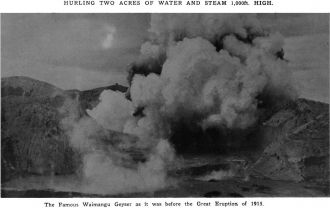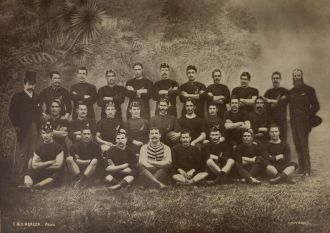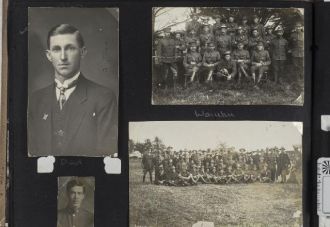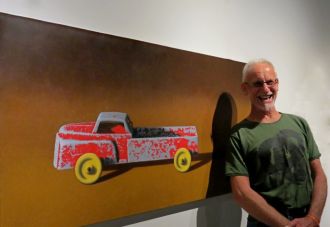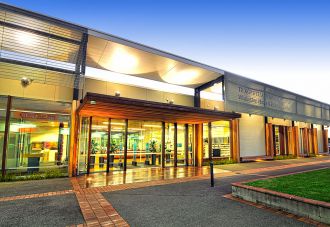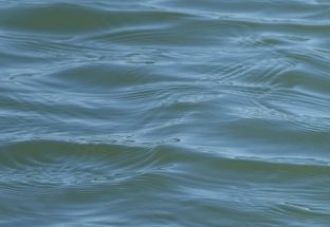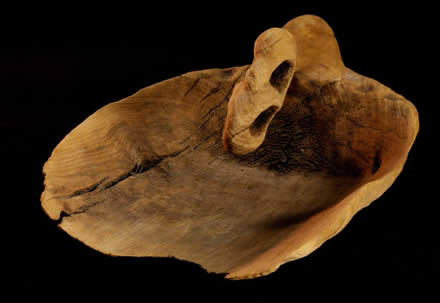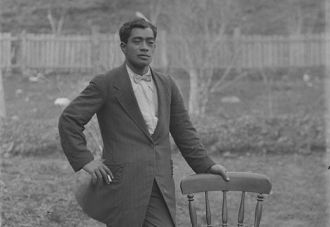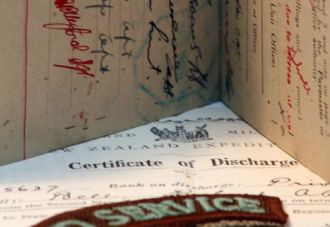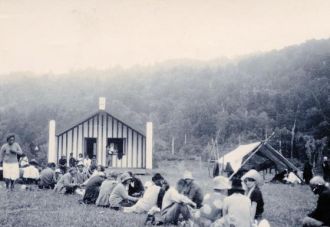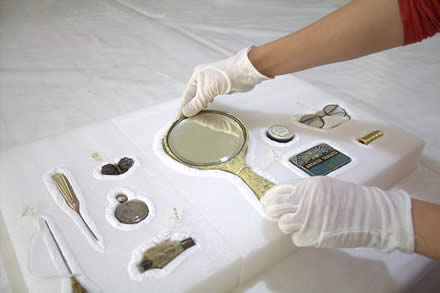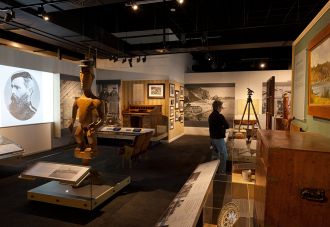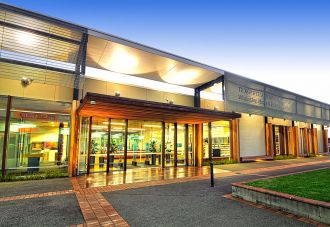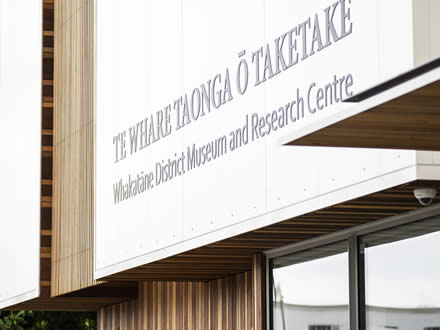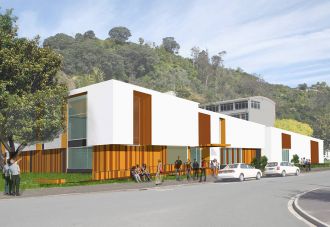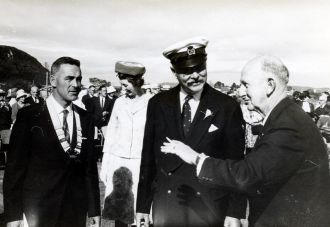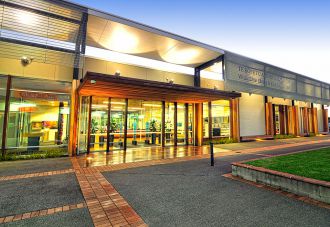This article originally appeared in Plenty Magazine.
On 30 August 1903, Alfred Warbrick (1860-1940), Chief Government Guide to the Rotorua thermal area, together with his brother Joseph Warbrick (1862-1903), was showing a group of visitors the spectacular Waimangu Geyser. At that time Waimangu was the largest active geyser in the world, and – in response to a dare – Alfred had measured the depth of its lake in a rowboat just a few weeks before. Alfred was certainly brave, but not foolhardy, and he warned his brother and the visitors to keep a safe distance from the unpredictable geyser.
His warning was not heeded unfortunately, and a sudden, violent eruption from the geyser swept Joseph and three of the visitors tragically to their deaths.
The death of Joseph Warbrick was the end of a remarkable life. He represented New Zealand in the 1884 rugby union tour of Australia and later captained and selected the 1888-89 New Zealand Native Team that embarked on an extensive tour of Australia and the British Isles. In his 1993 book Forerunners of the All Blacks, author Greg Ryan notes that the Natives Team were the first New Zealand team to tour Britain and Warbrick had a lasting impact on the development of the sport in this country. “Their brand of sensational running style and combined forward play had never been seen in New Zealand,” Ryan writes, and the speculative nature of the tour essentially lead to the formation of the New Zealand Rugby Football Union in 1892.
Back row from left to right is J Scott (manager), Arthur Warbrick, A Webster, W Karauria, D Stewart, G Williams, W Nehua, William Warbrick, T Rene, Alfred Warbrick, Tom Eyton (promoter). Middle row from left to right is E Ihimaira, R. Maynard, W Wynyard, D Gage, Joe Warbrick (captain), T Ellison, C Goldsmith, G Wynyard, W Anderson. Front row from left to right is P Keogh, RG Taiaroa, W Wlliot, J Lawlor (coach Victorian Rules), E McCausland, C Madigan, Frederick Warbrick, H Lee.Photo taken by E.B.S Mercer (b.1855) at 2 Berkeley Terrace, Wimbledon, Surrey in 1888 (Whakatane Museum and Research Centre Collection 2010.100)
This extraordinary man had humble beginnings in Rotorua in 1862. His father was English born Abraham Warbrick, a trader who lived in Matata, and his mother was Nga Karauna Paerau, the daughter of a Ngāti Rangitihi chief. Joseph had four brothers – Alfred, Arthur (1863-1902), Frederick (1869-1904) and William (1866-1901) – all of whom would tour together in the 1888-89 Native Team. Though his family remained in the Bay of Plenty, Joseph went to school in Auckland and showed such early talent on the rugby field that he was selected for the Auckland Provincial Clubs Team (now simply Auckland) at the age of just 15. This made him the youngest person to play first class rugby in New Zealand, a record that still stands to this day. In 1878 Warbrick began his career as a public servant, a job that would see him residing in various parts of the country and usually playing provincial rugby wherever his work took him.
Warbrick toured Australia in 1884, but it was his role in assembling and captaining the 1888-89 Native Team that would prove his greatest legacy. It is not known when he first conceived the idea, but by early 1888 he had announced plans to assemble a Maori side to tour the British Isles. He was joined in the endeavour by another civil servant named Thomas Eyton and James Scott, a publican. It was agreed Warbrick would select, coach and captain the team, and his vast experience in provincial rugby certainly made him the man for the job. Originally called the New Zealand Maori Team, the name was changed to Native after several part-Maori and Pakeha players were added to create what Greg Ryan calls “a more effective combination.”
The team played their first game of the tour against Surrey in September 1888, turning out in black knee-length shorts and jerseys – a precursor to the All Blacks famous uniform – which one columnist at the time said gave the players a “rather somber aspect”. They would play on average one game every 2.3 days for the rest of the arduous 14-month tour, a schedule that would astound today’s professionals. It also took a high toll in player injuries with Warbrick himself only appearing in 14 of the 74 matches due to an injured foot.
The tour continued in Australia, largely out of a desire for profit by Eyton and Scott, and was marred by rumours of bookmaker involvement in a near loss to Queensland. Nevertheless the Natives Team had acquitted themselves well, playing 107 matches, and in 2008 the entire team was inducted into the International Rugby Board Hall of Fame.
Joseph returned to the Bay to farm but made a one-match first class comeback in 1894 when he played for Auckland against Taranaki. His brother Arthur went on to live in Opotiki where he worked as ferryman for the County Council until he was drowned in bad weather in 1902. Then in the following year on that fateful day in 1903 when Joseph ventured too close to Waimangu he was killed at just 41 years old.
Though Joseph died young his legacy lives on. The 1888-89 Natives Team were pioneers of the pre-match haka, the silver fern emblem and the black jersey, and an exciting style of play that would grow into the All Black legend. The cap worn by Arthur Warbrick, one of the brothers who help started the All Black legend can be seen today at Te Koputu te Whanga a Toi.
